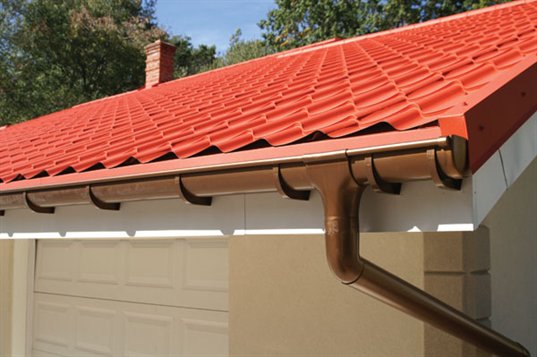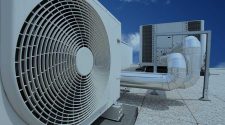They say that when it rains, it pours—sometimes figuratively, most of the time literally. It is a fact that too much water on the roof is unhealthy for the roof itself and the entire house as well. Especially if the roof is installed without a drain system, big problems will soon arise. Your roof will have leaks underneath and it can drip through the inside of your home. During winter, ice will form on the roof causing it to be stressed, and, later on, broken. You will grow ponds right on top of your roof where mosquitoes enjoy staying. Of course, we do not want all these.
Prevention is always better than cure, and this is surprisingly applicable to almost all of the aspects in life. If you have installed a roofing drain system, all the mentioned scenarios will be stopped even before they happen. But first, you have to know and understand what a roofing drain system is.
Simple! A roofing drain system is a smart structure that conveys rainwater to the drainage sewer or retaining area. It keeps your roof free of rainwater. The roofing drain system is also responsible for helping the roof cope up with the unpredictable rainfall amount, intensity, frequency and duration. Roof outlets, pipes and fittings and clips make it up.
What are the kinds of Roofing Drain System?
Having enough knowledge about what types of drain system exist is an advantage. By knowing more, you can plan the design of your roof ahead of time. It surely is a win-win situation.
- Conventional Roofing Drain System. If you notice other homes, there are pipes running down one side of its walls. This is the conventional type, since gravity and air are the basic movers of the water. It consists of a gutter and vertical downpipes, teaming up with the movers to drain water from the roof. Its capacity is usually dependent on the gutters.
- Siphonic Roof Drain System. This drain system slowly owns the spotlight in urban infrastructure. It works with its downpipes full with water, producing negative pressure that siphons the water from the roof through the outlets. And because water flow fully inside the pipes, the siphonic roof drainage system is self-cleansing.
While both kinds of roofing drain system are functional, it is still necessary to carefully plan out your roof design. Not all drain systems can fit any roof. You should also consider the performance, cost, eco-compatibility, and design flexibility to avoid furthering any roof nightmare. As the rain pours, keep calm and trust your roofing drain system.
Written by True Son Exteriors, the best contractors for roofing in Columbia, MO.
















